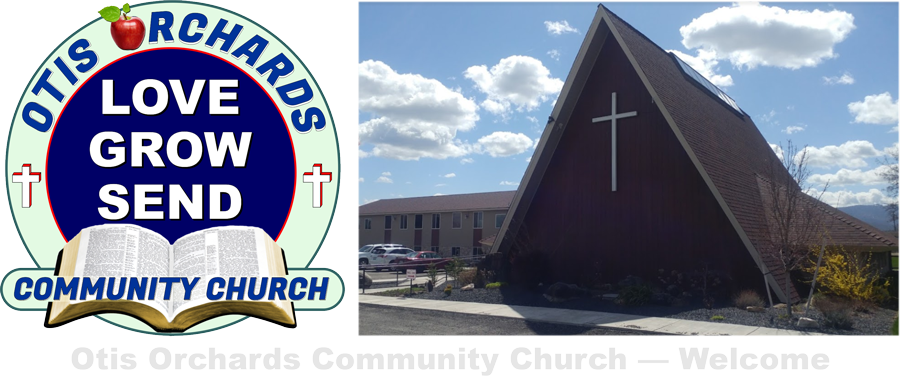
 |
|||||||
| RESOURCES — SHORT ARTICLES | |||||||
|
|
|||||||
 |
 |
 |
 |
 |
 |
| SHORT ARTICLES BY TOM ELSEROAD | |||||
| 2021-01-22 | Why Did Jesus Curse The Fig Tree? (Mt.21:18-20) | ||||
|
Mat 21:18 Now in the morning, as He returned
to the city, He was hungry. Mat 21:19 And seeing a fig tree by the road, He came to it and found nothing on it but leaves, and said to it, "Let no fruit grow on you ever again." Immediately the fig tree withered away. Mat 21:20 And when the disciples saw it, they marveled, saying, "How did the fig tree wither away so soon?" The account of Jesus cursing the barren fig tree is found in two gospel accounts (Mt.21:18-22; Mk.11:12-14, 20-26). It is important to understand the importance of the fig tree as it relates to the nation of Israel. The fig tree is often used in Scripture to represent the nation of Israel (Ho.9:10; Je.8:13; MI.4:4). This is the week prior to Jesus' crucifixion. The day before He came into Jerusalem riding on a donkey like a king (Mt.21:1-11). The next day Jesus was traveling from Bethany to Jerusalem. He was hungry and from a distance He saw a fig tree that had leaves on it (v.19). Jesus came to the tree but found no fruit on it. Jesus then cursed the tree saying, “Let no fruit grow on you ever again.” Matthew records the cursing and the withering of the fig tree in one account. Mark records it as taking place over a two day period (Mk.11:12-14, 20-26). That it, the cursing, the Temple cleansed, then the next day the withering of the tree. The disciples were amazed to see the tree “dried up from the roots” (Mk.11:20). Mark's account tells us, it was “not the season for figs” (Mk.11:13). So why did He expect to find figs? Typically, the fruit of a fig tree appears before the leaves appear. Also each tree would produce two to three crops of figs each season. The significance of this passage is important. The chronological setting helps us to understand. Jesus arrived in Jerusalem with many of the common folk having great expectations. Then Jesus cleanses the temple. Then He cursed the fig tree. Both the cleansing and the cursing had spiritual significance concerning the nation of Israel. Jesus at the cleansing denounced Israel's form of worship to God. With the cursing of the fig tree He denounced Israel as a nation. The presence of a fruitful tree was considered a symbol of blessing for the nation of Israel. And so the absence or death of a fig tree symbolized judgment and rejection. So the condition of the fig tree is a picture of the spiritual condition of the nation of Israel. Thought Israel outwardly performed sacrifices and ceremonies, inwardly they were barren because of their sin. By Jesus cursing the fig tree Jesus was also pronouncing His coming judgment upon Israel. Of course, their judgment took place in 70AD when the Romans besieged the city and destroyed the temple. The lesson of the fig tree for us is that we should bear spiritual fruit (Ga.5:22-23). James points out that “faith without works (or fruit) is dead” (Ja.2:26). God expects fruitfulness from those who have a relationship with Him (Jn.15:5-8). Pastor Tom Elseroad |
|||||
| An Independent and Evangelical Church |
 |
23304 E Wellesley
Ave. Otis Orchards, WA 99027 Church Office: 509.926.9552 tomelseroad@gmail.com |